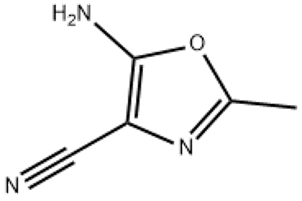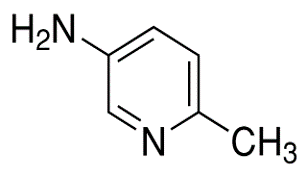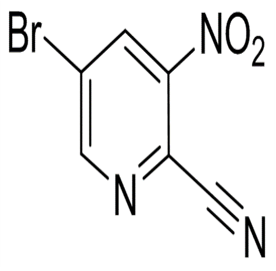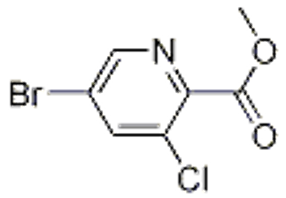3-Iodobenzotrifluoride(CAS# 401-81-0)
| Risk Codes | R34 – Causes burns R36/37/38 – Irritating to eyes, respiratory system and skin. |
| Safety Description | S26 – In case of contact with eyes, rinse immediately with plenty of water and seek medical advice. S27 – Take off immediately all contaminated clothing. S36/37/39 – Wear suitable protective clothing, gloves and eye/face protection. S45 – In case of accident or if you feel unwell, seek medical advice immediately (show the label whenever possible.) S37/39 – Wear suitable gloves and eye/face protection |
| UN IDs | UN 3265 8/PG 2 |
| WGK Germany | 3 |
| TSCA | T |
| HS Code | 29039990 |
| Hazard Note | Toxic/Irritant |
| Hazard Class | 8 |
| Packing Group | III |
Introduction
3-Iodotrifluorotoluene is an organic compound. The following is an introduction to its nature, use, preparation method and safety information:
Quality:
- 3-Iodotrifluorotoluene is a colorless to light yellow liquid with a strong pungent odor at room temperature.
- 3-Iodotrifluorotoluene is almost insoluble in water, but it can be soluble in many organic solvents.
Use:
- 3-iodotrifluorotoluene is often used as an important reagent in organic synthesis for fluorination reactions on benzene rings.
Method:
- 3-Iodotrifluorotoluene can be obtained by the reaction of iodide trifluorotoluene and hydrogen iodide.
- Trifluorotoluene iodide can be prepared by the reaction of fluorotoluene and iodine.
Safety Information:
- 3-Iodotrifluorotoluene is a strong irritant that may cause skin, eye, and respiratory irritation upon exposure.
- It is potentially harmful to the environment and should be avoided from entering water bodies and soil.
- Appropriate precautions such as protective gloves, goggles, and respiratory protective equipment are required when in use.
- Waste should be disposed of in accordance with local regulations and must not be discharged into the environment.








